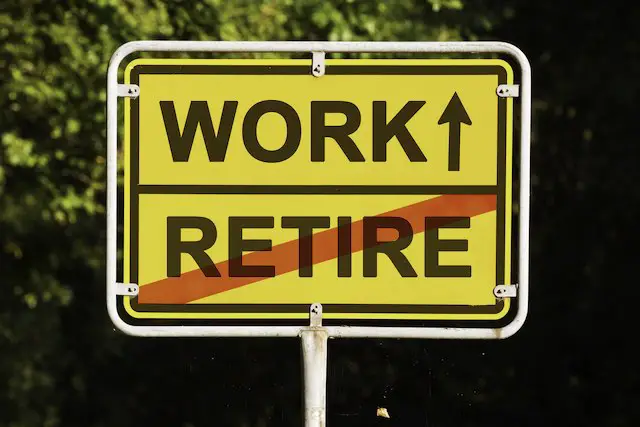Over the last few months, I have spoken with dozens of special provision federal employees who were frustrated with how little information was out there about their benefits and retirement. After all, the special provision retirement rules differ from the normal system in some very key ways.
The FERS positions that are covered under the special provisions are the following:
- Air Traffic Controllers
- Firefighters
- Law Enforcement Officers
- Capitol Police
- Supreme Court Police
- Nuclear Materials Couriers
Big Difference #1: When You Can Retire
One of the biggest differences between the regular FERS and special provision FERS is when you are eligible to retire with an immediate annuity.
Regular FERS have to have reached one of the following:
| Age | Years of Service |
| 62 | 5 |
| 60 | 20 |
| MRA | 30 |
| MRA | 10 |
Note: MRA stands for Minimum Retirement Age and is based on the year you were born. As the chart says, regular FERS can retire at their MRA with 10 years of service but their pension will be reduced for every year they retire before age 62.
Now, as special provision FERS, you are eligible for an immediate retirement if you reach one of the following:
| Age | Years of Service |
| 50 | 20 |
| Any Age | 25 |
As you can see, under the special provisions there are opportunities to retire with a full retirement much sooner than other FERS. This may be very attractive for those that would like to start a new career or retire early.
Big Difference #2: How Your Pension is Calculated
Not only can a special provision FERS retire early, they also get more pension dollars for the first 20 years of work.
For FERS, the pension calculation looks like this:
High-3 Salary x Creditable Years of Service x Multiplier = Gross Annual Pension
The big difference between regular FERS and special provision FERS is the multiplier.
Regular FERS have a multiplier of 1% or 1.1% if they retire at 62 with at least 20 years of service. Special provision FERS will have a multiplier of 1.7% for the first 20 years of service and 1% for every year after that.
Example
To see the impact that this difference can make, let’s run through an example.
Let’s say our regular FERS, George, and our Firefighter FERS, Frank, both worked 25 years and both retired at age 57. They both had a high three salaries of $100,000.
George’s gross annual pension would be:
$100,000 x 25 x 1%
= $25,000
Frank’s gross annual pension would be:
$100,000 x 20 x 1.7% + $100,000 x 5 x 1%
= $34,000 + $5,000
= $39,000
As you can see, this one rule can make a big difference!
Conclusion
Because of the physical demands that special provision positions generally put on federal employees, the retirement rules are generally bent in your favor. I can only mention a few things in a blog post but there are many differences that just might affect your retirement. The main thing is that you understand the benefits that are available so that you know how to get the most out of them.



